Scientists explore how corals could adapt to climate change to survive, but stress that cutting emissions is crucial for their future.
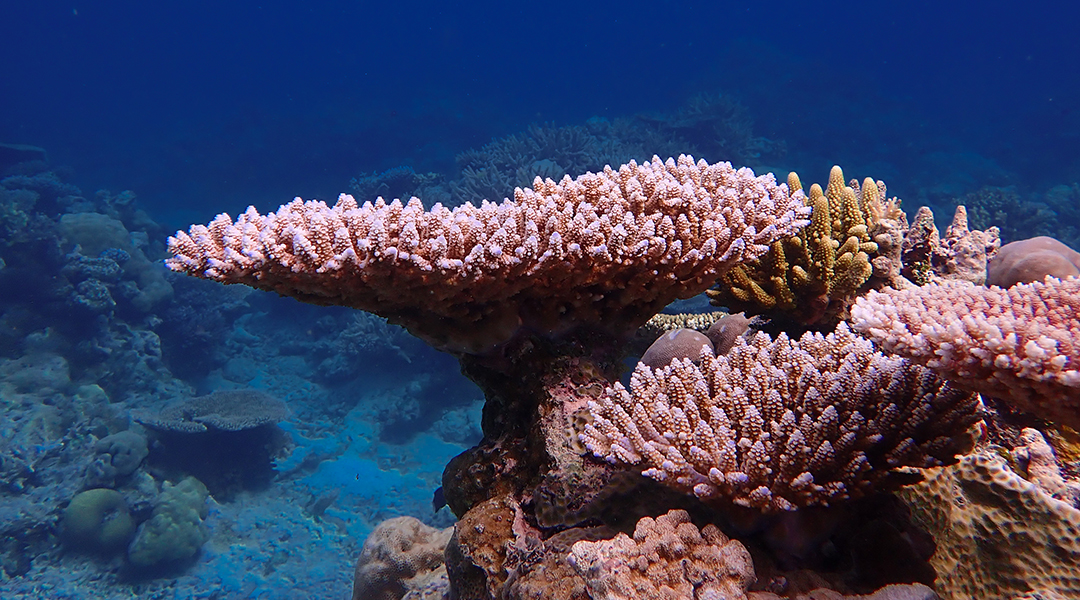

Scientists explore how corals could adapt to climate change to survive, but stress that cutting emissions is crucial for their future.

Transparent solar concentrators capture the Sun’s energy, making windows and building facades more energy-efficient and sustainable.

A molecule emitted by rainforest plants plays a key role in forming mysterious aerosol particles in the region’s upper troposphere.
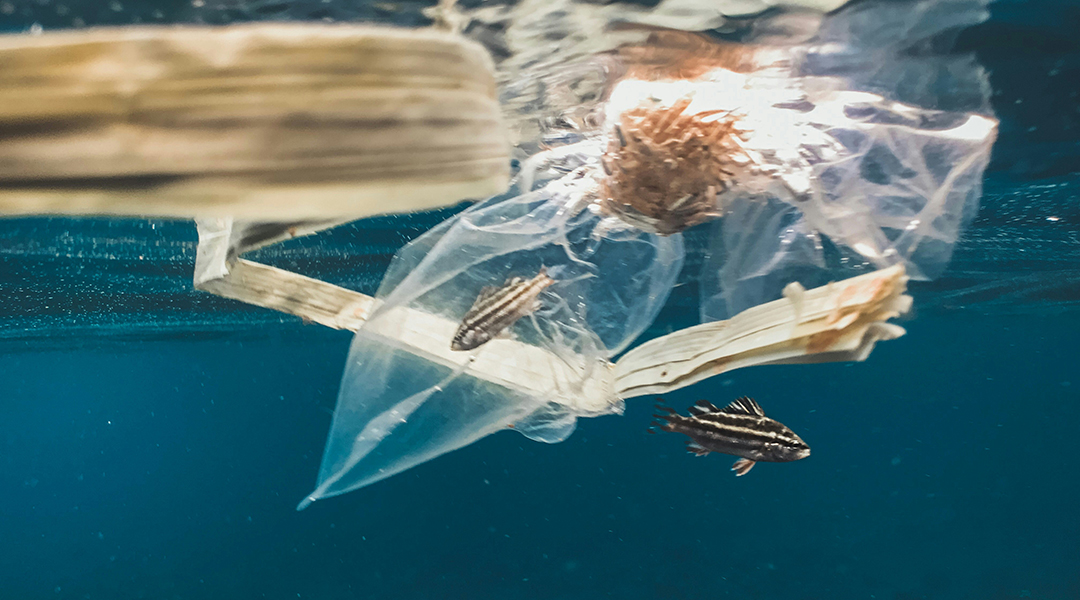
A new material designed to dissolve only in salt water could help us prevent the accumulation of microplastics in the seas.
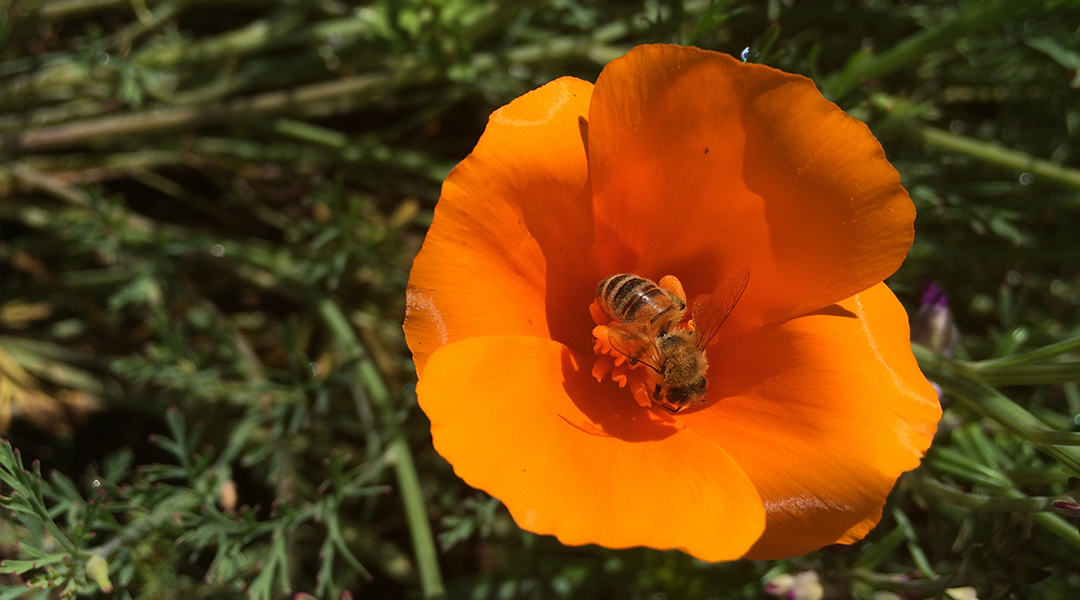
Honey bees compete with wild bees for resources in croplands, but nutritious wildflower plantings can mitigate these effects.
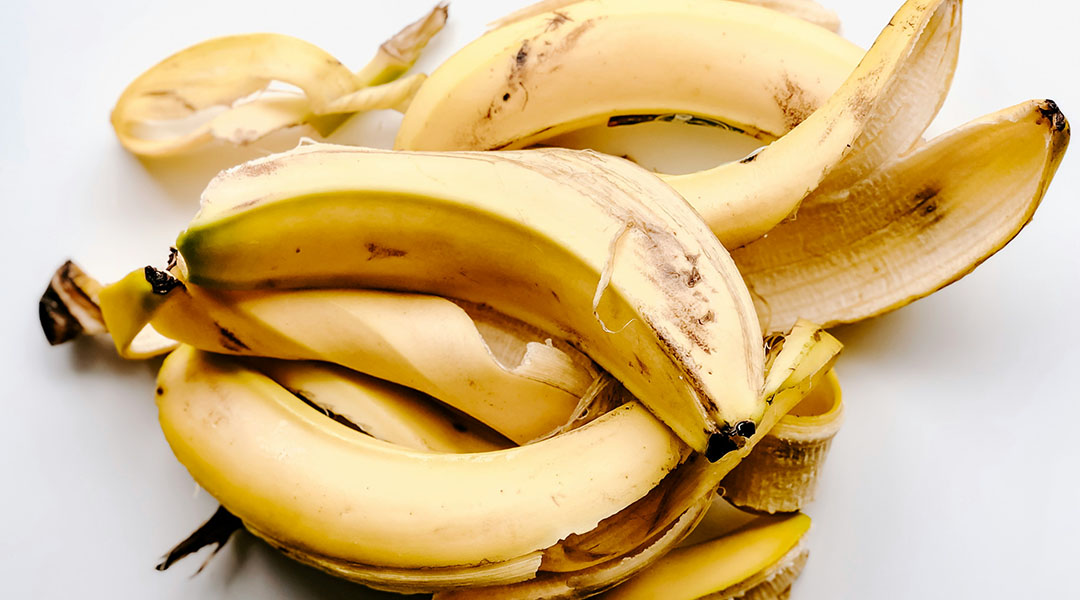
Researchers develop a device that generates clean energy from food waste, using banana peels and coconuts to power communities sustainably.

Pathogenic bioaerosols detected at household garbage collection sites may contribute to vascular aging with high chronic exposure.
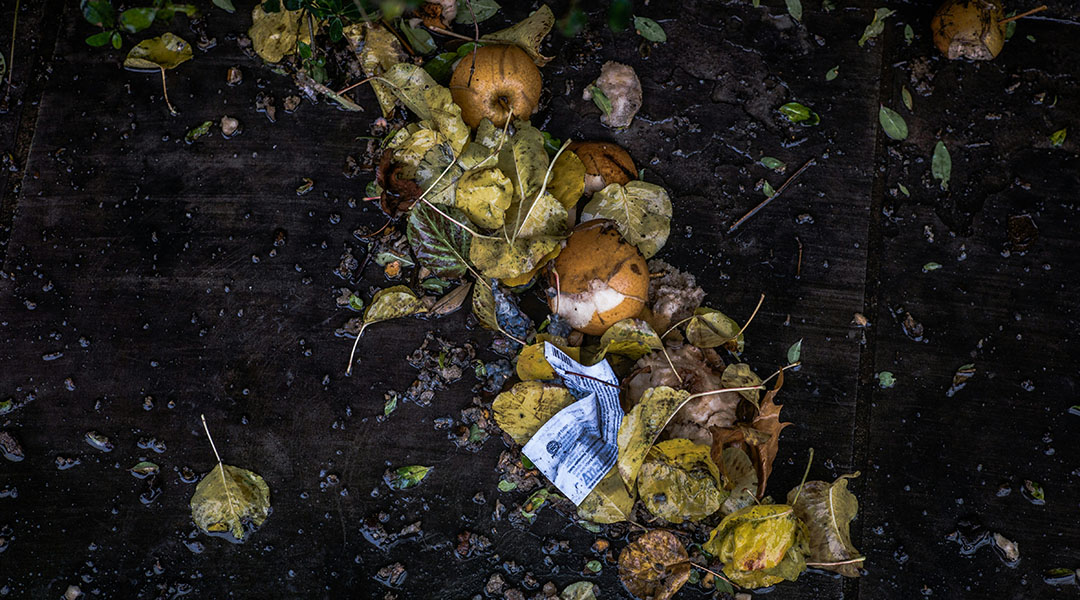
In the future, small electronics could be powered by fallen leaves, shed fur, and other waste materials found in nature.

A common bacteria found growing on plastic in urban wastewater could provide new bioengineering solutions to clean up plastic waste.
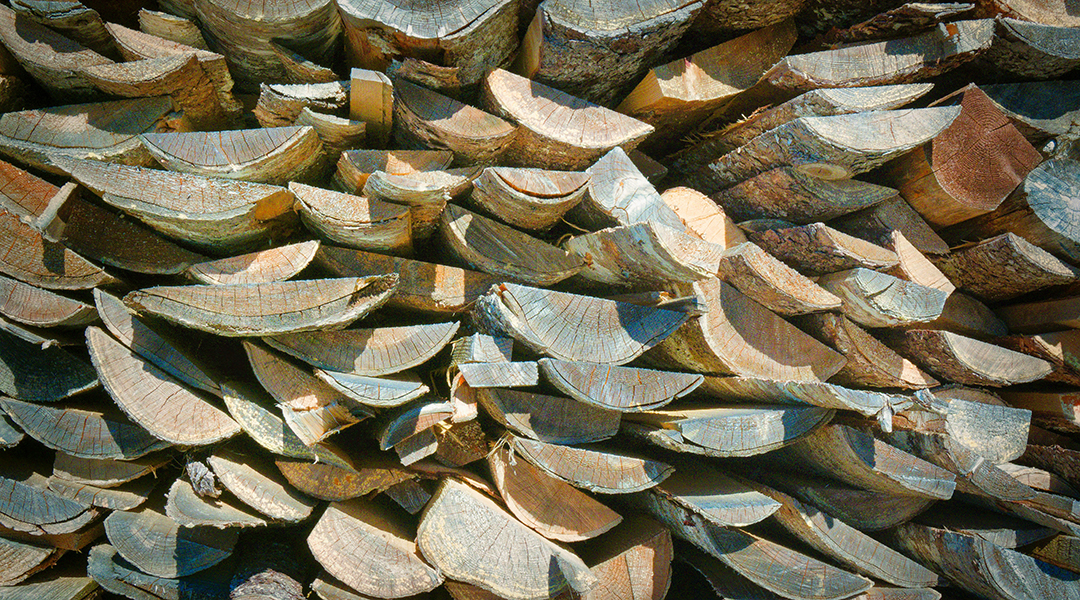
As valuable resources dwindle and environmental risks loom, reducing our dependence on traditional agriculture is becoming necessary.